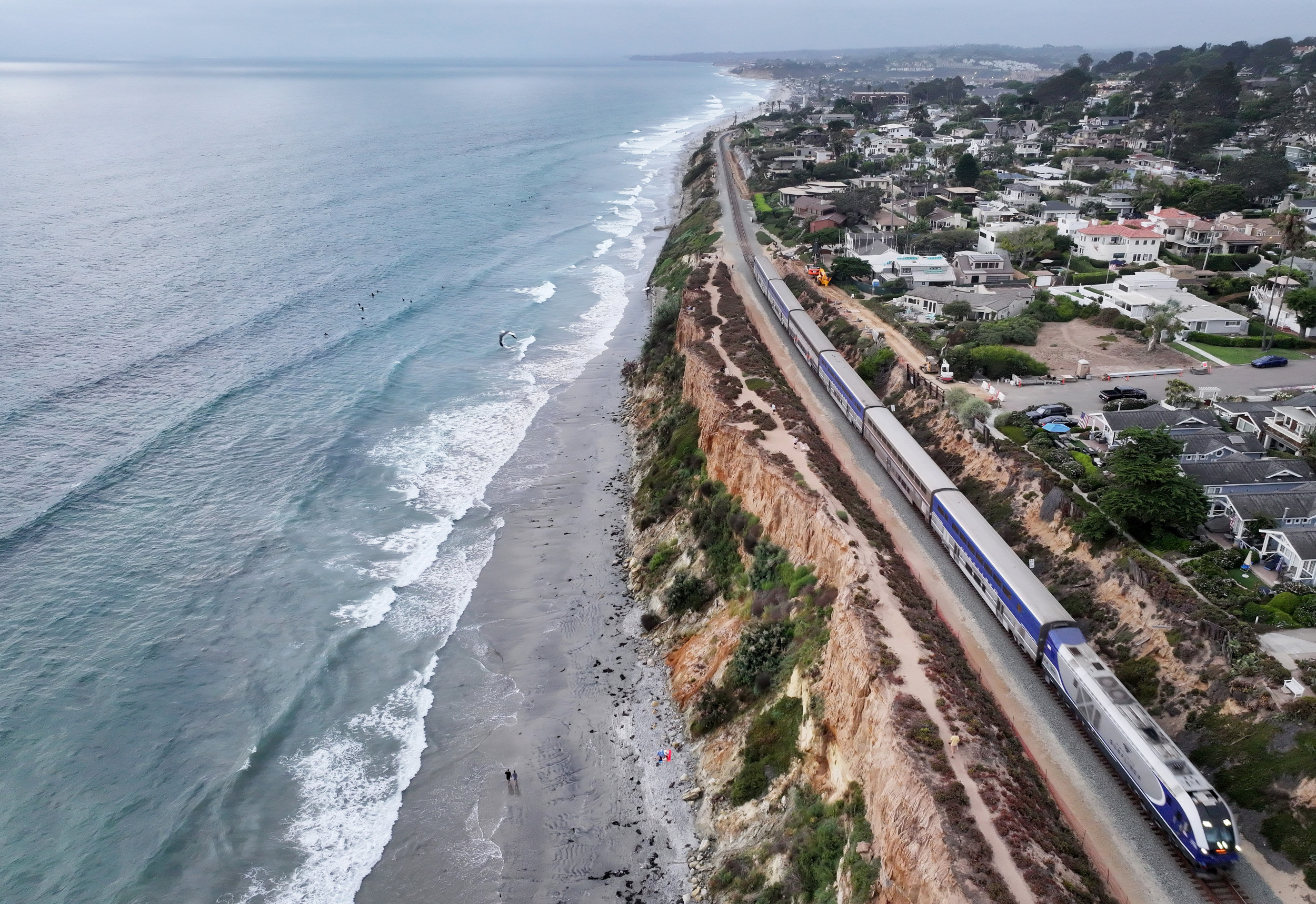As efforts step up to protect coastal regions affected by erosion, scientists have found an unexpected way to protect communities—zapping the shoreline with electricity.
In a study published in the journal Communications Earth and the Environment, researchers from Northwestern University demonstrated the novel technique to strengthen marine sand, potentially offering a sustainable solution to combat erosion caused by climate change and rising sea levels.
“Over 40 percent of the world’s population lives in coastal areas,” Alessandro Rotta Loria, who led the study, said in a statement.
“Because of climate change and sea-level rise, erosion is an enormous threat to these communities. Through the disintegration of infrastructure and loss of land, erosion causes billions of dollars in damage per year worldwide,” he said.
…



This is why scientists are mocked. You get some guys from materials science saying ‘hey we can do this cool thing with beach sand and electricity’ and they don’t bother talking to the physical scientists about ocean erosion and why their idea does t make any sense.
They would tell you that beach erosion is inevitable. Either you let it happen, or you put a bunch of hard structures there instead. Then, the waves either undercut the hard structure, leading to more needed, or the wave reflection scours the beach and takes all of the sand out to sea or elsewhere along the coastline. Meankng no more sans next to you - just a concrete cliff.
Also sand is one of the most limited resources with actual cartels working on stealing it - and you want to use it as a primary building material? Instead of just a contributor like in concrete? What?
Source: worked in area.
Often something like this is published and people don’t use the methods for the materials they are described with. It’s like taking the idea to make dough for baking specifically shaped bread, and using the concept to make specifically shaped ceramics instead